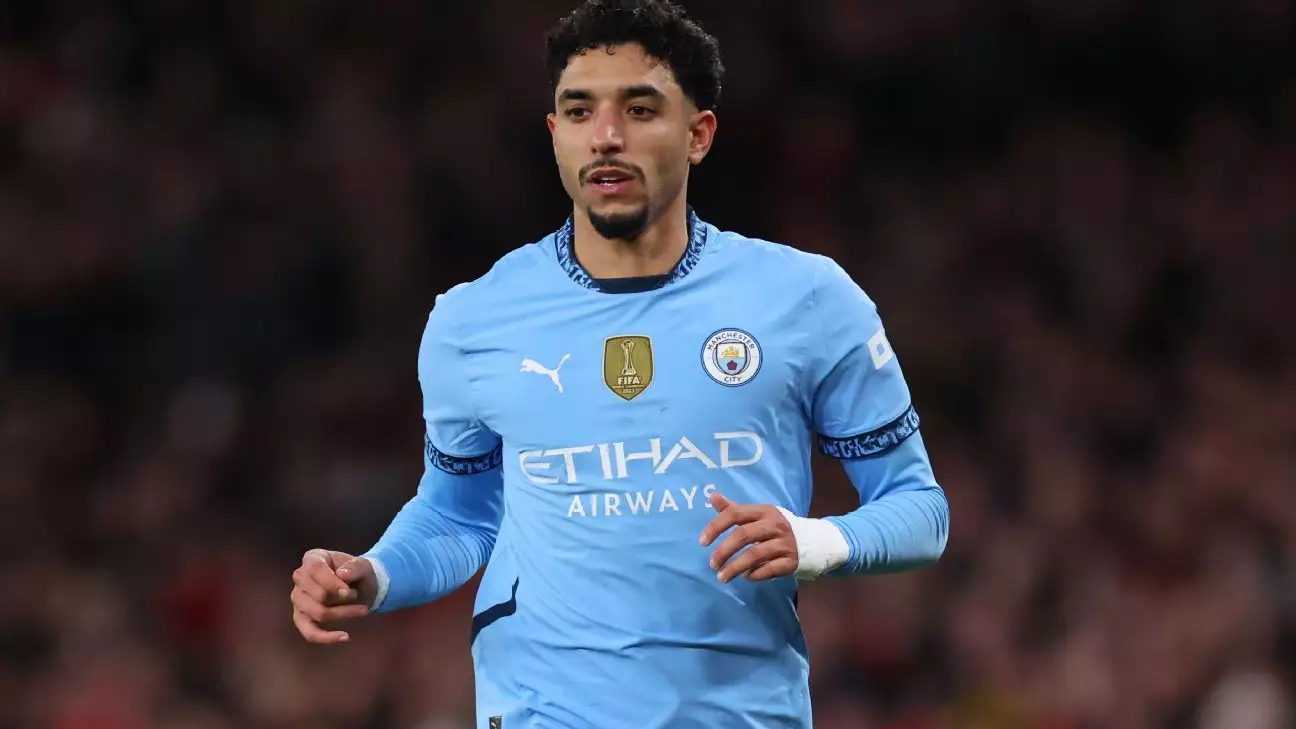The January transfer window always captures the attention of football fans worldwide, but this year, the spotlight shone particularly brightly on African players. The market was abuzz with rumors, high-profile deals, and intriguing transfers that suggest not just movement within club rosters, but also a shift in the competitive landscape of various leagues. In this article, we analyze the notable transfers involving African talent, emphasizing the implications, performances, and future potential of these players in their new environments.
One of the most talked-about deals of the January window was the transfer of Omar Marmoush from Eintracht Frankfurt to Manchester City for a staggering €75 million. This transfer stands out as the second-most expensive deal of January 2024, highlighting the rising market value of African players. Marmoush, who has shown remarkable growth in recent seasons, joins a Manchester City side in transition, suggesting that his adaptation could be crucial in determining his career trajectory.
At just 25 years old, the Egyptian forward has already begun to prove his worth with impressive statistics from the Bundesliga—15 goals and 9 assists in 17 matches. His recent performances, including a promising debut against Chelsea, indicate that he possesses the skill set necessary to thrive in the Premier League. However, the real test will come as he continues to integrate into a squad under significant reconstruction. His success or failure could very well reshape perceptions of African players in Europe and signal a new era for Manchester City.
Another intriguing transfer was that of Mario Lemina, who made a move from Wolverhampton Wanderers to Galatasaray for a mere £2 million. Given Lemina’s past struggles with form and positional role, this transfer could be considered a remarkable opportunity for both the player and his new club. Under the guidance of the experienced José Mourinho, Lemina has the chance to revive his career and contribute to a side currently leading the Turkish Super Lig.
To Lemina, this transfer is not just a career restart; it’s an opportunity to reclaim his status in a competitive environment. At 31, he still has experience to impart and can contribute significantly to Galatasaray’s ambitions. Should he find his rhythm again, this move may prove to be one of the most beneficial transactions of the window.
The move of Congolese goalkeeper Brice Samba from RC Lens to Stade Rennais also merits discussion. This transfer was noteworthy due to the rarity of significant goalkeepers switching clubs during the January window. Samba’s transfer not only strengthens Rennes’ roster but also illustrates their ambition to improve performance, especially as he takes over starting duties from seasoned goalkeeper Steve Mandanda. His established track record suggests that Samba could be instrumental in guiding Rennes away from relegation threats.
Moreover, the acquisition of young Anglo-Ivorian talent Romain Esse by Crystal Palace demonstrates the club’s commitment to nurturing player development. By moving from Millwall to a higher-profile team, Esse is poised to refine his skills in an environment that fosters growth and supports emerging talents. Eagles’ coach Oliver Glasner has expressed confidence in Esse’s abilities, emphasizing that his development will be a collaborative process.
While some players thrived during transfers, others faced setbacks. The failed move of Victor Boniface from Bayer Leverkusen to Al-Nassr was notably disappointing. Although Boniface had reportedly been entertaining thoughts of a lucrative payday in Saudi Arabia, his continued commitment to the Bundesliga could ensure that he attracts interest from top European clubs in the future.
In a similar vein, Bryan Mbeumo found himself at the center of speculation, with top clubs like Arsenal and Manchester United rumored to be interested. With impressive scoring rates this season, it wouldn’t be surprising to see interest peak during the summer transfer window, as clubs look to enhance their attacking options.
The January transfer window has underscored the growing significance of African players in elite football. Not only have several high-profile transfers taken place, but the potential for future stars to emerge has never been greater. Each of these moves not only represents an individual opportunity but also contributes to a broader narrative about the role of African talent across international football. As clubs adapt and evolve, one thing is certain: the influence of African footballers will continue to expand, and the performance of these transfers will be closely monitored in the seasons to come.

Leave a Reply